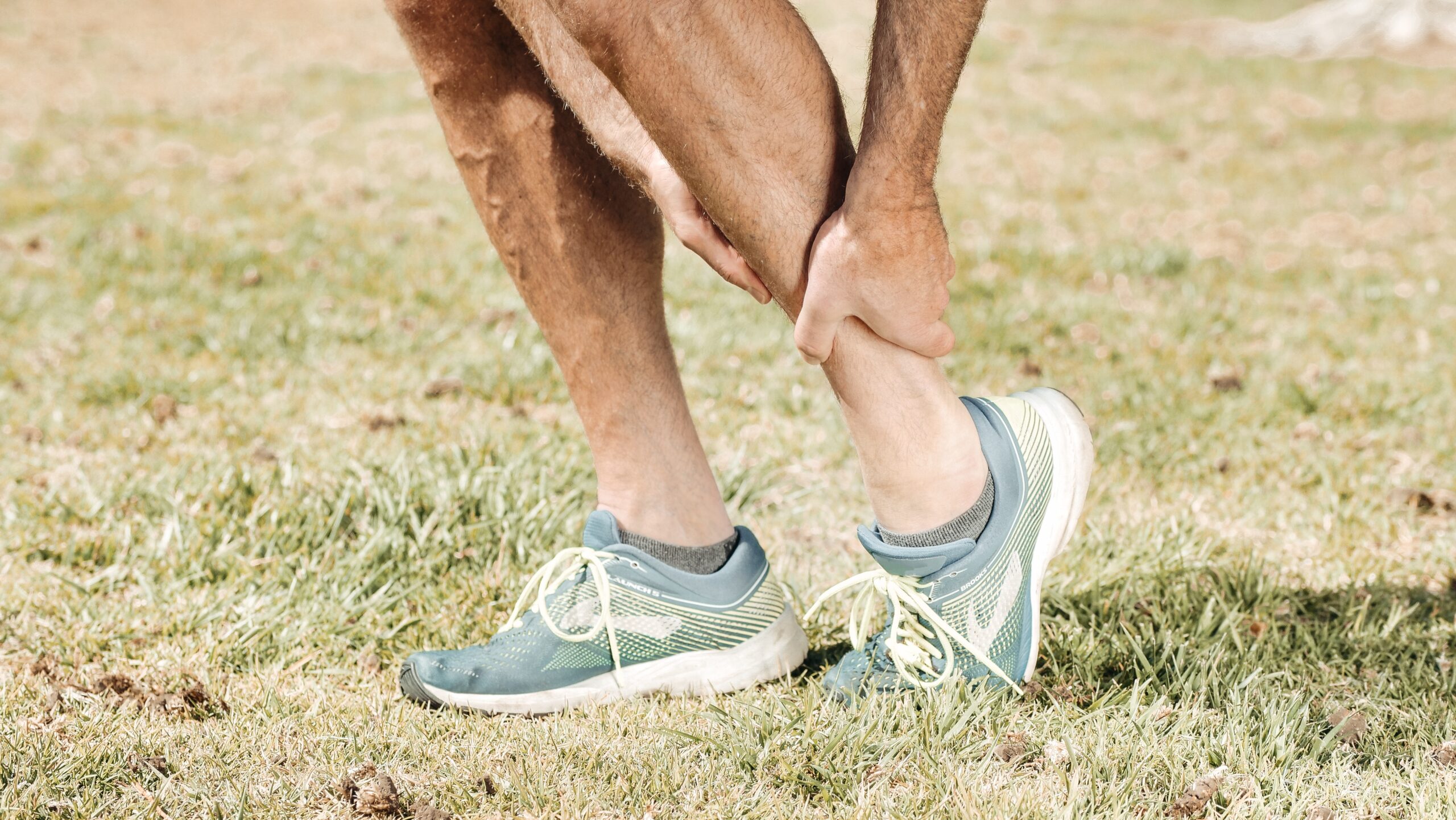
Achilles Tendinopathy: Causes, Symptoms, Treatment
The Achilles tendon is our body’s largest tendon; a strong band of fibers that connect two calf muscles in the leg to the heel bone. It allows us to run, walk, jump, and controls downward movement of the ankle.
The term ‘Tendinopathy’ encompasses several painful conditions that are related to tendons. Achilles Tendinopathy is a broad term used to describe predominantly degenerative conditions affecting the Achilles tendon, with symptoms including pain, swelling, weakness, and stiffness.
What Causes Achilles Tendinopathy?
Achilles Tendinopathy is a common injury in sporting activities, and mostly affects people who actively play sports, particularly runners. It’s more prevalent in men than women and often affects men between the ages of 30 and 40. Other at-risk groups include those who are overweight and those with poor biomechanics or foot positioning (e.g. over pronation).
Although research into the exact causes of this pathology is still ongoing, it has been widely acknowledged that repeated overloading of the tendon causes degeneration and disorganisation of collagen fibers. This degeneration and disordered imbalance of the healing process has been suggested as being central to the disease process.
What Are the Symptoms?
Pain is usually felt approximately 2-6cm in the Achilles tendon, above the heel. Characteristically, pain and stiffness are worst in the morning, with thickness and swelling developing in the more chronic cases.
Pain can also be felt after or during exercise. Impact activities such as running, hopping, jumping or heavy landing will often cause one to experience pain at the beginning and the end of training, with a period of decreased discomfort in between. Over time, as the injury gets worse, constant pain during and after exercise is felt.
How Is the Condition Treated?
A physiotherapist will assess your symptoms and examine you, including some questioning about when, where and how you feel the pain. A physical examination will test how well your tendon is working, which may include palpation, movements, and functional activities.
Following the assessment, your physiotherapist may if appropriate develop an eccentric strengthening exercise program, which research has shown to be the most effective way of improving this condition. Watch this video showcasing an example of an eccentric strengthening exercise – heel lifts with straight legs, and heel lifts with bent knees.
For each exercise, do 3 sets of 15 repetitions twice a day (total of 90 repetitions per day)
During the first 8 weeks of the eccentric loading exercise program, it is recommended that you also take a period of relative rest (i.e. stopping high impact activities like running) until the pain subsides. Exercise can be restarted once your physiotherapist advises its resumption. You may also note the following:
- Symptoms of Achilles Tendinopathy can take between three and six months to get better
- Cold packs or ice should are recommended after the acute injury
- Simple analgesia (either paracetamol or ibuprofen) can be taken for pain relief
If your Physiotherapist believes you require a specialist to look at your foot and lower leg biomechanics, a referral to a Podiatrist may be made. An Orthotic musculoskeletal assessment can offer heel-lifts, a recommendation or change of footwear, and custom-made orthoses (insoles) which will help correct malalignment and improve pain/overloading through the tendon. In more severe cases, a referral to a sports medicine doctor may be advised for an Ultrasound scan and possible injection.
Written By: Sarah Hayward, B.Sc. (Hons) Physiotherapy (UK), M.S.P.A.
Sarah has over 16 years of experience as a Physiotherapist and Polestar Pilates-certified rehabilitation specialist. Some of her specialties include chronic sports and spinal occupational injuries as well as women’s pre- and post-natal issues. Sarah approaches assessing and treating clients’ conditions using manual techniques, electrotherapy, Pilates, and individualised home-based exercise programmes.
